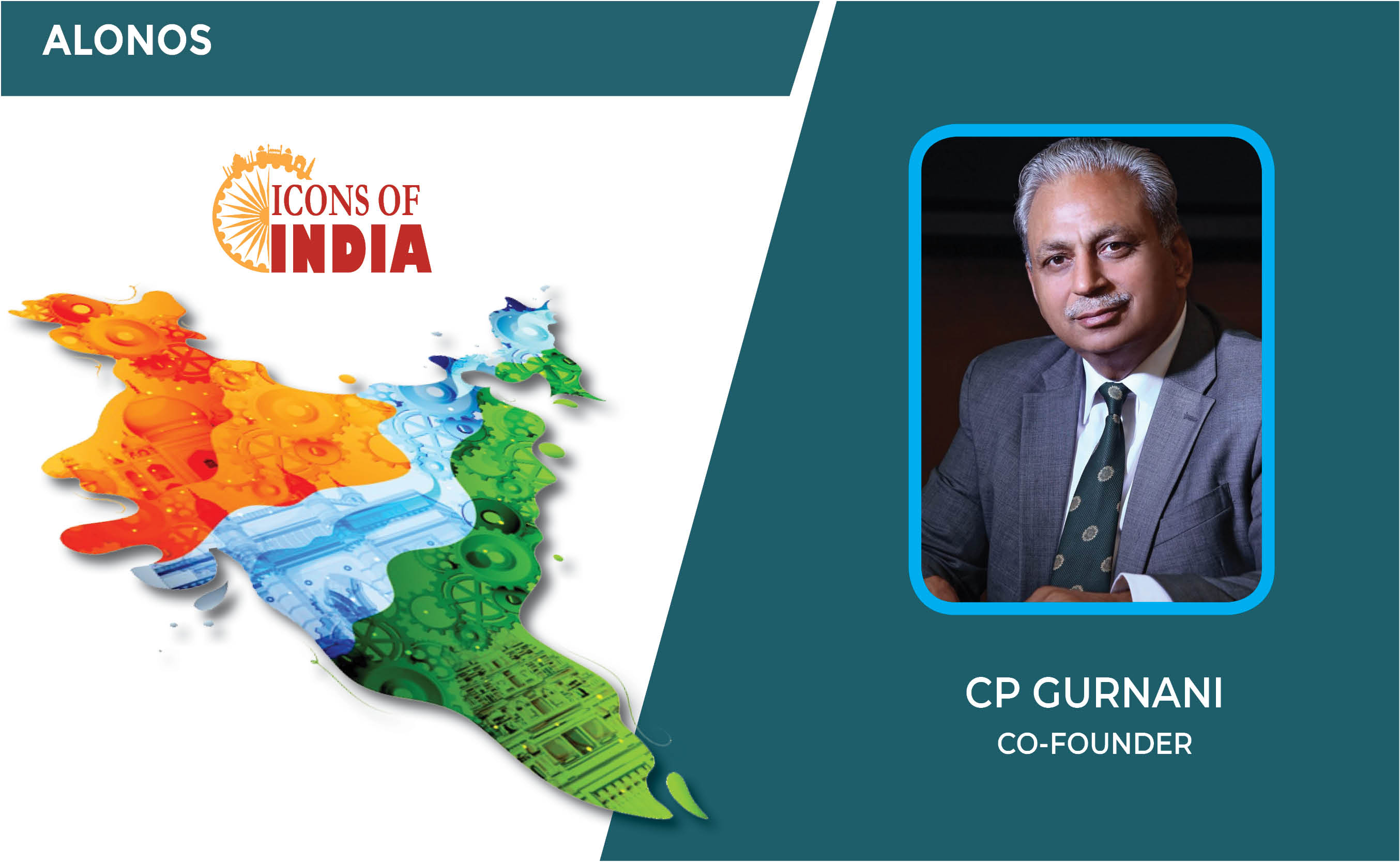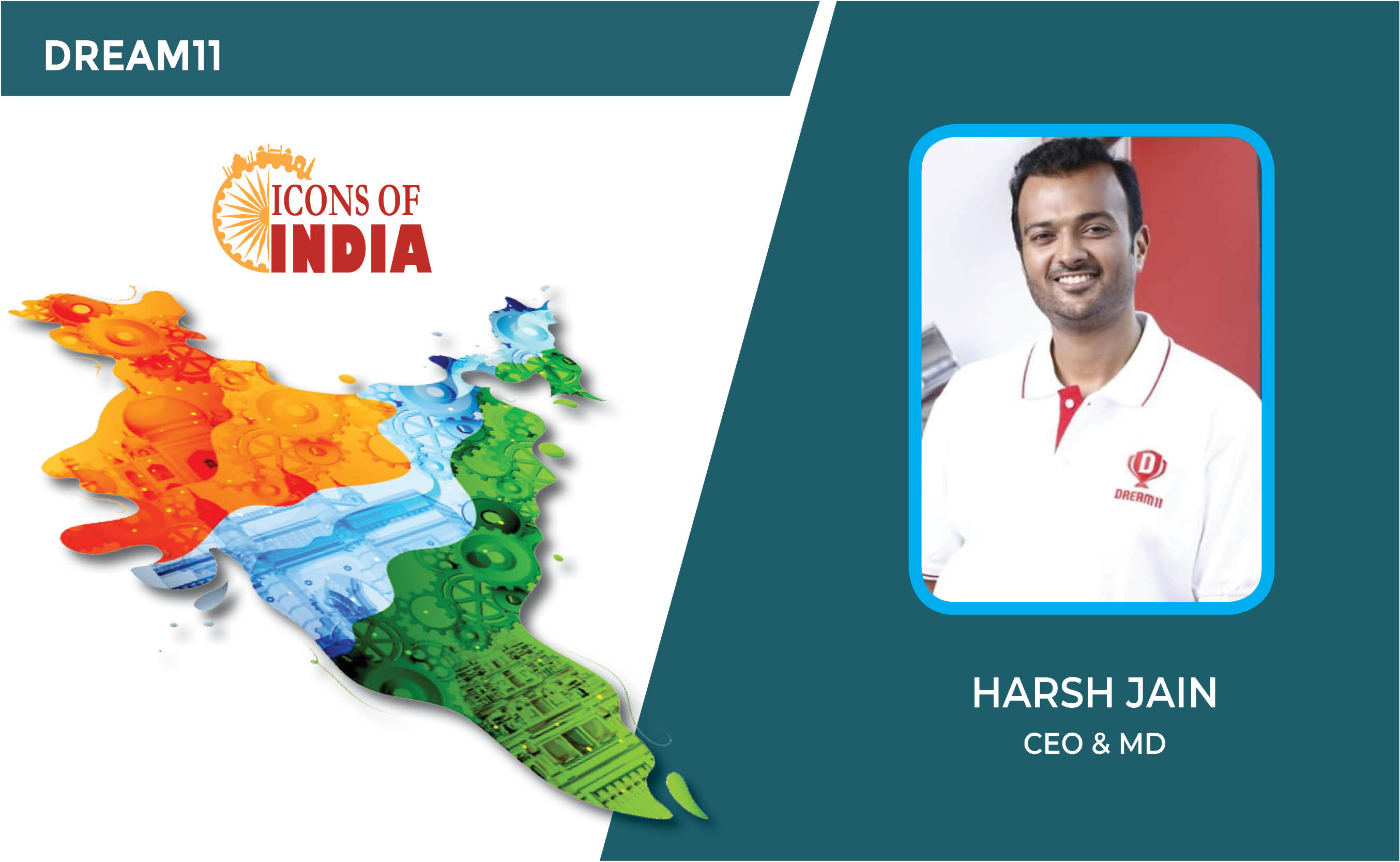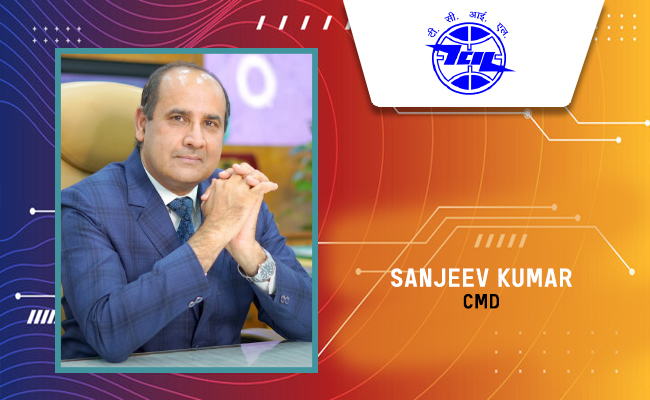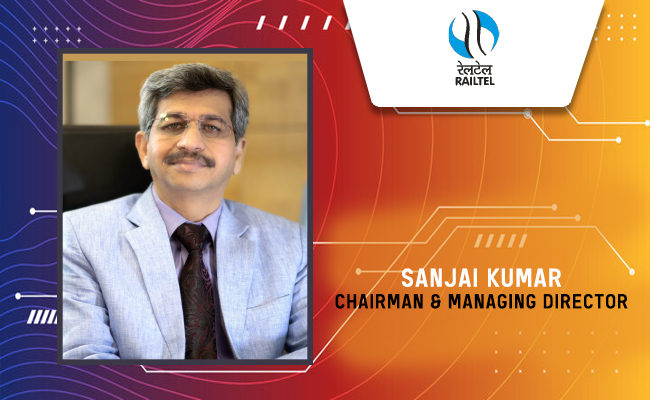E-commerce and contactless payments will see unprecedented push post-COVID-19
By MYBRANDBOOK

The COVID-19 pandemic has brought a paradigm shift in the payments industry. While cash payments became a thing of the past due to cash being considered as a potential carrier of the virus, various types of e-commerce and contactless payments gained traction in the wake of lockdown imposed across several countries. The trend will continue in the post-pandemic environment to transform the payments ecosystem, says GlobalData, a leading data and analytics company.
Ayushi Tandon, Fintech Analyst at GlobalData, comments: “Once a convenience but now a necessity, online shopping keeps the economies running during the COVID-19 crisis while also helping to control the spread of the virus. The pandemic-induced surge in e-commerce from the existing shoppers and an influx of new consumers, notably for grocery, food delivery, health and other supplies, has accelerated the digital payment adoption that was sluggish and varied by country until 2019. At the same time, consumers see contactless payment methods as the safest bet to pay in-store.”
An analysis of GlobalData’s Disruptor Intelligence Center reveals how COVID-19 positively impacted various payment tools.
E-commerce payments
The pandemic not only transformed the way consumers shop but also how they purchase. With increase in online shopping, e-retailers are competing to offer various types of payment gateways:
Redirects: Gateway takes customers to the payment page of a paytech company such as PayPal to complete the transaction.
Checkout on-site and payment off-site: Stripe’s payment gateway, for example, allows payment on the retailer site, but the payment processing happens at Stripe’s back end.
Direct on-site payment gateway: E-commerce site handles both payment and processing without any help from third-parties. For instance, Amazon offers Amazon Pay to enable users to checkout instantly on-site. Shoppers can also use digital wallets, or net banking to complete the checkout.
Contactless payments
From tap-to-pay to no-touch, contactless payments are an alternative to carry out electronic funds transfer at the point of sale. Quick response (QR) code and near-field communication (NFC) are two widely used contactless payment technologies that witnessed a strong boost during the pandemic.
QR code payment emerged as the most popular as it does not require traditional infrastructure such as cards, payment networks, merchant accounts, and payment processing terminals. NFC uses near-field communication technology to exchange data between readers (payment terminals) and payment devices (smartphones having digital wallets).
While China’s WeChat Pay and Alipay rely only on QR codes, popular mobile wallets such as Google Pay, Samsung Pay, and Apple Pay support both QR codes and NFC payments. At par with the providers of digital wallets, payment card companies Visa and Mastercard also introduced chip-based contactless cards to enable close-range payments using NFC technology.
With the wide acceptance of contactless technologies amid COVID-19, biometrics-based payments through the face and touch recognition will become a routine in the future to address any security concerns with the current methods.
Tandon concludes: “Albeit the total payment volumes are anticipated to take a severe hit in 2020 due to losses in travel and in-store retail segments, growth will be resumed in 2021 backed by the overall shift to e-commerce and contactless payments enforced by the protracted crisis. Under such circumstances, fintech companies are better positioned compared to banks that lack digital capabilities to quickly scale up in line with the growing demand. Nevertheless, the environment is ripe for bank-fintech collaboration to offer superior and cost-effective payment solutions to customers as well as gain their trust amid growing fraud in e-commerce.”


Nazara and ONDC set to transform in-game monetization with ‘
Nazara Technologies has teamed up with the Open Network for Digital Comme...

Jio Platforms and NICSI to offer cloud services to government
In a collaborative initiative, the National Informatics Centre Services In...

BSNL awards ₹5,000 Cr Project to RVNL-Led Consortium
A syndicate led by Rail Vikas Nigam Limited (abbreviated as RVNL), along wi...

Pinterest tracks users without consent, alleges complaint
A recent complaint alleges that Pinterest, the popular image-sharing platf...


Icons Of India : CP Gurnani
Former Managing Director and CEO of the well-known IT service company ...

Icons Of India : Deepak Sharma
Deepak Sharma spearheads Schneider Electric India. He brings with him ...

Icons Of India : Harsh Jain
Harsh Jain, the co-founder of Dream 11, the largest fantasy sports web...


STPI - Software Technology Parks of India
STPI promotes and facilitates the growth of the IT and ITES industry i...

TCIL - Telecommunications Consultants India Limited
TCIL is a government-owned engineering and consultancy company...

RailTel Corporation of India Limited
RailTel is a leading telecommunications infrastructure provider in Ind...


Indian Tech Talent Excelling The Tech World - Dheeraj Pandey, CEO, DevRev
Dheeraj Pandey, Co-founder and CEO at DevRev , has a remarkable journe...

Indian Tech Talent Excelling The Tech World - Vinod Dham, Founder & Executive Managing Partner, IndoUS Venture Partners
Vinod Dham, known as the “Father of the Pentium Chip,” has left an...

Indian Tech Talent Excelling The Tech World - Soni Jiandani, Co-Founder- Pensando Systems
Soni Jiandani, Co-Founder of Pensando Systems, is a tech visionary ren...